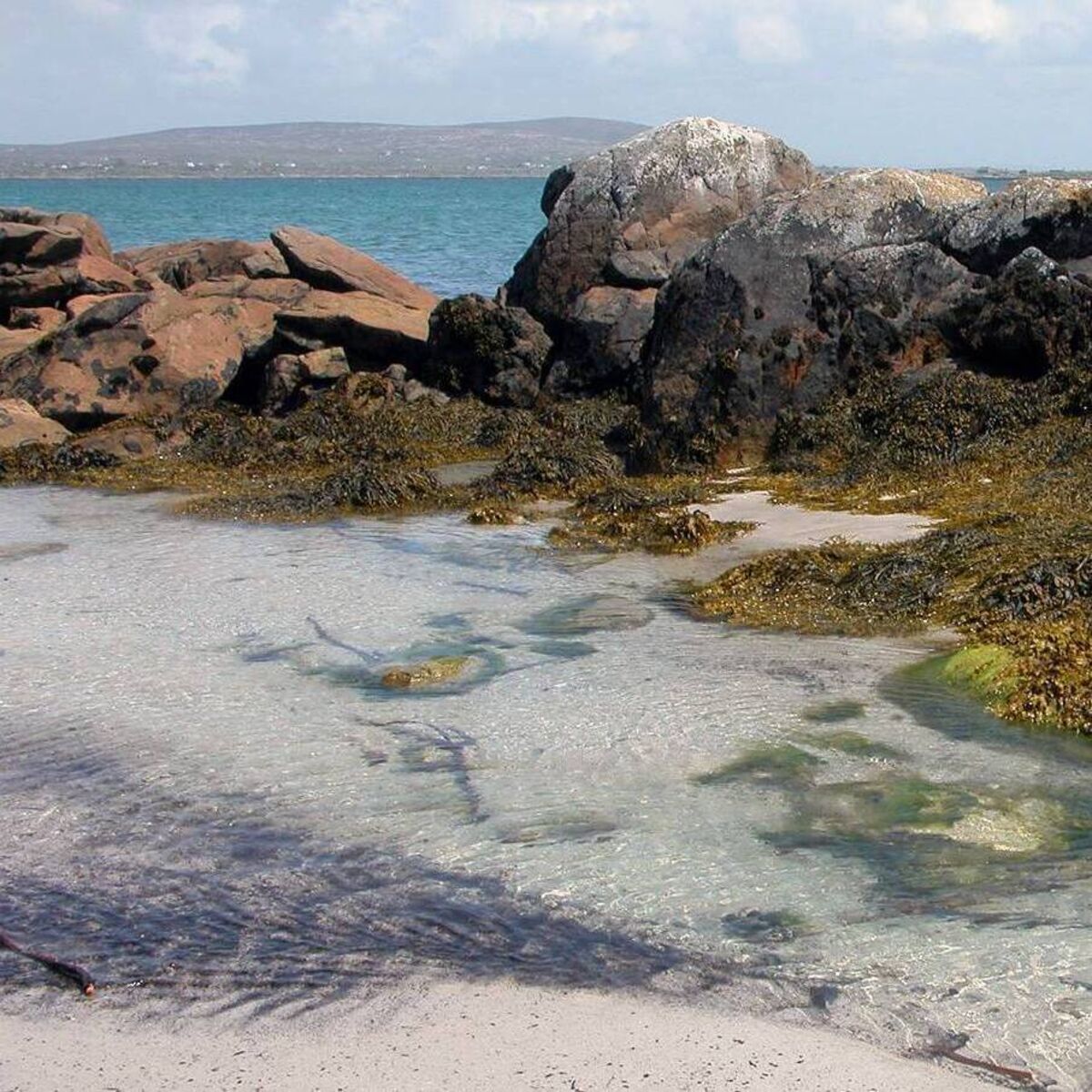By Anja Murray,Irishexaminer.com
Copyright irishexaminer

Shore crabs, the most common crabs we see along the shore, can be whatever colour suits them best. What they eat and where they live all influence the palette of their hard exoskeleton. Also known as the green shore crab, they can be coloured deep green all over, or mottled brown and green, or even distinctly rust red. Some are richly patterned and some less so; their underside can be a dusty pink or yellow, while others are green all over. These crabs use camouflage to blend in with their surrounds, so that those on mudflats are mainly brown and green, matching the mud and algae there, while those living on a sandy shore will be paler in colour. Having a strong mottled pattern helps to break up their outline and not be seen easily by predators too.
Shore crabs are easy to see scuttling around rock pools and across open beaches on their 10 legs, hiding in among the seaweeds and moving with the tides. Long, protruding eye stalks help them see about, watching out for what they might chase down to eat, as well as keeping a keen eye out for predators to avoid.
Crabs are omnivores, resourcefully availing of whatever food is available. Cockles, razor clams, fan worms, tube worms, and scallops are among the animals that crabs prey upon, along with a side portion of seaweed. In turn, they are eaten by coastal birds such as gulls and oystercatchers as well as otters who live along the shore. Those that escape predation can live up to 20 years of age.
We too, are predators of crab. The earliest hunter gatherers in these parts foraged for shellfish, and hauling in crab pots is still popular today. Green shore crabs are especially easy to catch, though small and finicky to pick at. Most of the crab fishery today is made up of much larger brown crabs, along with spiny spider crabs and enormous velvet swimming crabs. Crabs constitute Ireland’s third most valuable seafood export, with an export value in excess of €60 million per year.
But certain restrictions do apply. Right now, as summer becomes autumn, females often have an orange mass on their stomach, tens of thousands of fertilised eggs that she keeps with her to protect from predators. Landing egg-carrying females, known as ‘berried’ crabs, is not permitted. Better to leave them reproduce and help maintain population.
As they grow from tiny juveniles, crabs moult their hard exoskeleton over and over, first reabsorbing calcium from the shell to recycled as a new one, before gradually cracking out of the old shell and growing a fresh one to fit. Using soft shell crab, those whose shell has yet to harden, for fishing bait is illegal. Taking small crabs out of the population damages future breeding potential, so size restrictions also apply, with minimum size set by the Sea-Fisheries Protection Authority on a species-by-species basis. This ensures that only mature adults are taken.
Crabs are among the many creatures who live in the landscape of inshore waters, scuttling along the seabed through mosaics of seaweed, sandy substrate, intertidal seaweed, kelp, and deeper waters too. Each species is expertly adapted to their niche, uniquely attuned to their surrounds, and wholly interdependent with every other lifeform in the shoreline communities where they belong.
However, in the communities where they don’t belong, some animals can cause serious problems. Our native shore crab is native all around European coastlines, from North Africa up along the Atlantic coasts of France, Britain, Ireland and Norway. But it is also among the top 100 of the world’s worst invasive alien species, wreaking havoc in coastal ecosystems on both the east and west coasts of North America, much of South America and Australia too.
Back at home, as the majority of commercially-caught fish from the waters of the North east Atlantic have been exhausted, crabs are now one of the few species that we can justify catching and eating. Moderation and regulation is crucial though, as even crab populations have declined in many areas.
Heritage Keepers is run by the Burrenbeo Trust and Applications will be open until September 30



